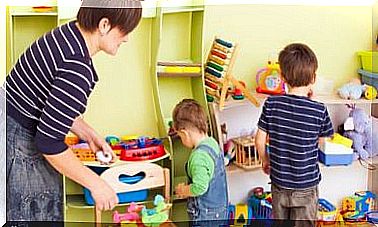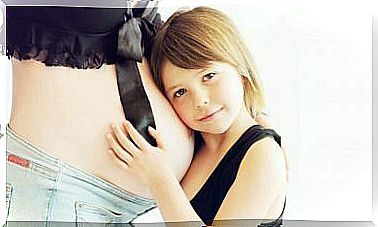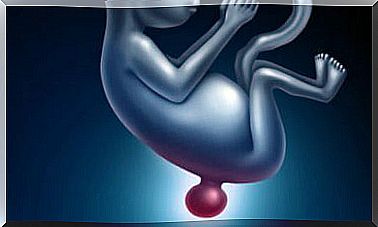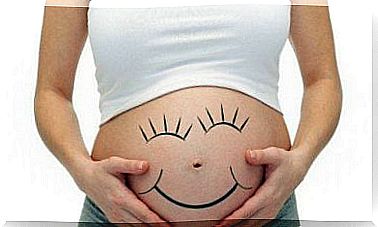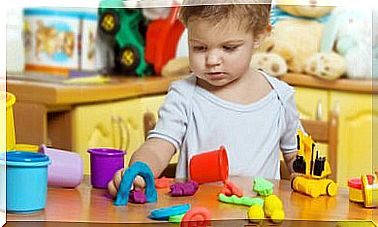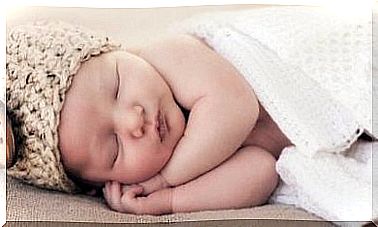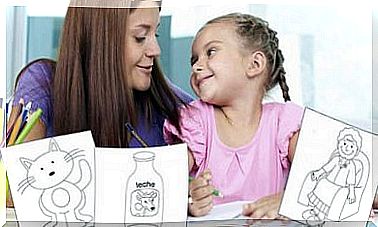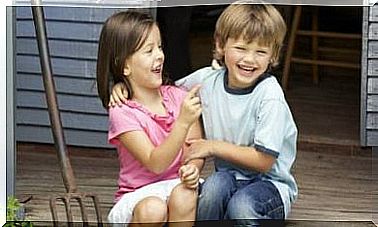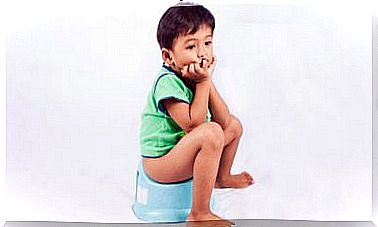Tips To Help Your Child Abandon The Pacifier
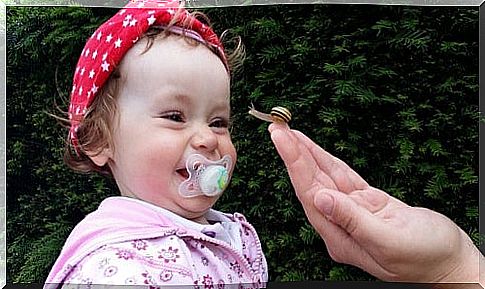
Most experts recommend ditching the pacifier at 3 years of age. The big question is: how? In this article we will give you some tips to help your child do without a pacifier.
The use of the pacifier is advisable to overcome the period of risk of Sudden Death Syndrome of the Infant (SIDS), which ends with the first year of life, according to data provided by the Spanish Association of Pediatrics.
In fact, already in the second half of the first year it is appropriate to limit the use of the pacifier to stressful situations and to sleep.
Neither punishment, nor humiliating measures or derision favors this process. It is best to negotiate with the children and explain the consequences of prolonged pacifier use. The key is to be neither obsessed nor impatient.
There are other opinions as to what is the best age to leave the pacifier. For example, the Spanish Society of Odontopediatria ensures that the ideal age to remove it is around 3-4 years.
And he advises to gradually accustom the child to use the pacifier only when he goes to bed or in situations of great emotional tension.
“It is not clear which is the best technique, if a sharp or gradual withdrawal; in any case it is advisable for parents to be very careful, in those days, to reassure the child and ensure that he does not claim the pacifier ”says the Spanish Society of Odontopediatria in an article published on the internet.
This group of specialists reiterates that it has not been proven that pacifier use up to the age of 3-4 is related to dental problems. However, its use in older children is actually linked to the appearance of an open bite, when closing the mouth results in a separation between the upper and lower teeth, which should be evaluated by a dentist.
What really worries dentists about the influence of pacifiers on teething, besides the fact that the non-nutritive sucking lasts until the eruption of the permanent teeth, is the so-called caries of the bottle.
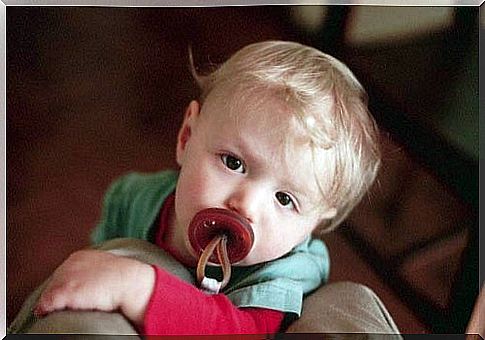
Some points to consider regarding the pacifier
Psychologist Rosa Jove, in her book La Crianza Feliz (Happy Education), explains the following. “When we think the baby needs a pacifier, we give it to him, and we often get the baby to stop crying or calm down sooner.”
It works so well, Jove continues, that we end up convincing ourselves that we give it to him for his peace of mind and for his need. We forget that we started doing it without him asking us explicitly and that, if he didn’t know him, he wouldn’t miss it in the least.
“When the time comes to take it off, we must keep this fact in mind and do it in a respectful way for the child, since, among other reasons, we created his addiction”, reasons the expert.
There is no rush to take the pacifier off, and it needs to be done when the baby and parents are prepared, says Jove, who recommends that you consider your child’s opinion and feelings about it.
The most usual age at which the pacifier is removed is around 3 years old, as other experts recommend. This is for various reasons: first, children usually start kindergarten at the age of 3.
On the other hand, around the age of 3 the child understands what he is told, already follows basic reasoning and has long-term memory.
Thus, if you explain how to do it, reason with him and show him how to do it, he will be able to accept it much better than if he had done it before, when he did not have these cognitive abilities.
Tips for ditching the pacifier
We have to be respectful in taking it off. Explaining to the child what we do or, better, deciding with him how to do it is a good starting point.
- If your child is too young to understand the discussion in all its complexity, it is best to give it to the Three Kings or the tooth fairy in exchange for something. After all, it is one of the most precious objects he owns and we should not underestimate it.
- Since the pacifier calmed the baby, you have to be willing to give him that comfort and calm when he needs it. An “extra” dose of pampering in those days will not be bad as a precaution.
- If you leave the pacifier, your child switches to the finger, it is better to retrieve the pacifier and wait until it is a little bigger and can accept it. It is easier to remove a pacifier than a finger.
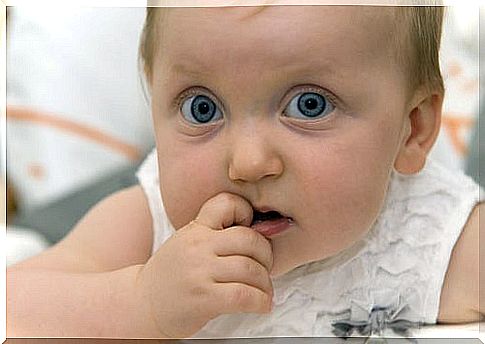
Tricks for ditching the pacifier
- Whether the interruption is abrupt or gradual, one should not resort to punishment.
- The strategy of spreading the pacifier with unpleasant tasting substances (vinegar, pepper, lemon…) tends to give good results.
- You can come up with a story where some fictional character takes off their pacifier in exchange for a gift.
- Sometimes the pacifier can be forgotten on a vacation spot or lost on the way.
- Cutting the pacifier or piercing it so that the sensation of sucking it is not pleasant discourages many little ones.
- Older adults can be convinced by their pediatrician, who will explain to them why they have to abandon it.
- The decision must be firm. Once the child has abandoned the pacifier, he will remember him and ask for it again, but it is necessary to wait for the “withdrawal syndrome” to pass.
